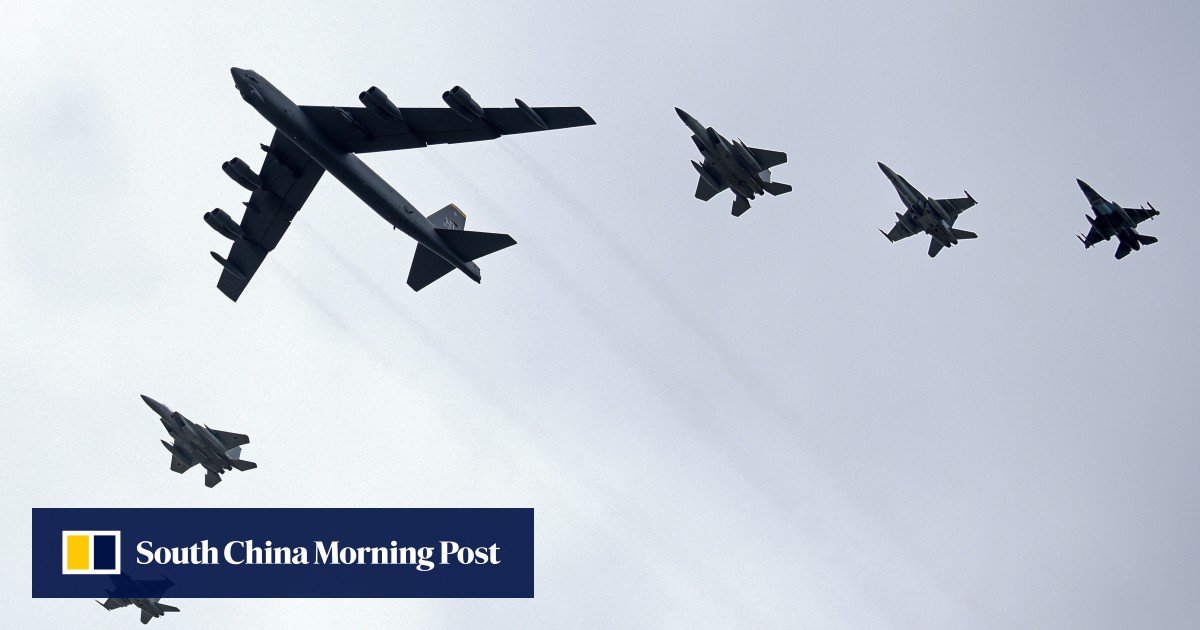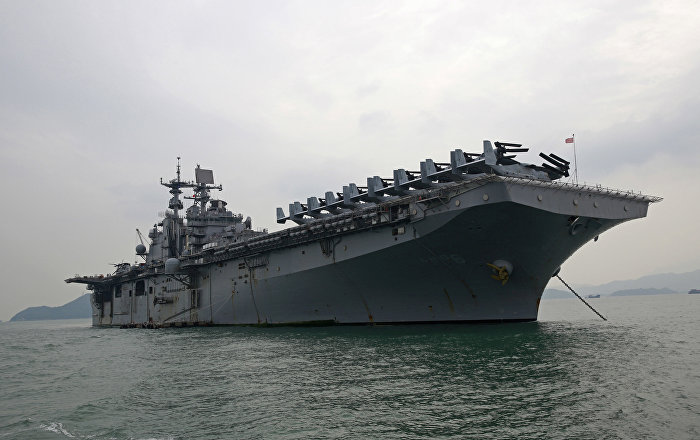
JAPANESE troops have arrived in Darwin ahead of the trilateral Exercise Southern Jackaroo 2021, joining US Marines already undertaking training in the region.
The Japan Ground Self-Defense Force (JGSDF) soldiers will join their counterparts from Australia and the United States for the exercise in the Northern Territory June 15-25.
“The Japan Ground Self-Defense Force and the Marine Rotational Force – Darwin will bring more equipment this year, allowing for a more complex exercise to advance our ability to work together,” Lieutenant General Burr said.




